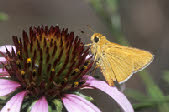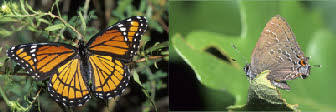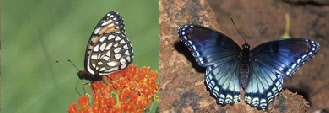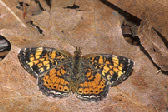The Butterflies of the World Foundation
A Non-





Reakirt’s Blue
Echinargus isola, Reakirt, (1867)
Subfamily Polyommatinae
Taxonomy
The family Lycaenidae is a large and varied worldwide group that has 4,000 to 6,000
species depending on the ever-
All photographs, artwork, text and website design are the property of The Butterflies of the World Foundation (unless otherwise stated) and are protected under national and international copyright laws. Photographs, artwork or text on this website may not be reproduced in any way without prior written consent of The Butterflies of the World Foundation.
Echinargus isola, Lexington Wildlife Management Area, Cleveland County, Oklahoma,
7 October 2006 Ref
#: I-

Echinargus isola, Lexington Wildlife Management Area, Cleveland County, Oklahoma,
19 September 2006 Ref
#: I-

Echinargus isola, Lexington Wildlife Management Area, Cleveland County, Oklahoma,
27 September 2005 Ref
#: I-

Echinargus isola, one half mile south of Lexington Wildlife Management Area, Cleveland
County, Oklahoma, 15 October 2005 Ref
#: I-

Echinargus isola, Lexington Wildlife Management Area, Cleveland County, Oklahoma,
11 June 2009 Ref
#: I-

Echinargus isola, Lexington Wildlife Management Area, Cleveland County, Oklahoma,
3 September 2006 Ref
#: I-

Echinargus isola, Lexington Wildlife Management Area, Cleveland County, Oklahoma,
19 September 2006 Ref
#: I-

Echinargus isola, Forth of July Campground, Manzano Mountains, Cibola National Forest,
Torrance County, New Mexico, 1 July 1998 Ref
#: I-

Echinargus isola, Lexington Wildlife Management Area, Cleveland County, Oklahoma,
3 September 2006 Ref
#: I-

Echinargus isola, Pine Flat Picnic Area, Manzano Mountains, Cibola National Forest,
Bernalillo County, New Mexico, 17 August 2010 Ref
#: I-
General Information:
Echinargus isola belongs to the subfamily Polyommatinae. This butterfly’s range is throughout most of the central and western U.S. and then south to Costa Rica. It prefers grasslands, fields, desert, meadows, gardens and weedy areas.
Lifecycle:
The larval food sources includes many plants in the pea family (Fabaceae). Males patrol for females with an erratic flight during daytime. Females lay eggs singly on flower buds of host during midday. Caterpillars eat flowers, seedpods and sometimes leaves. They are tended by ants which presumably protect the caterpillars in return for their sugary secretions.